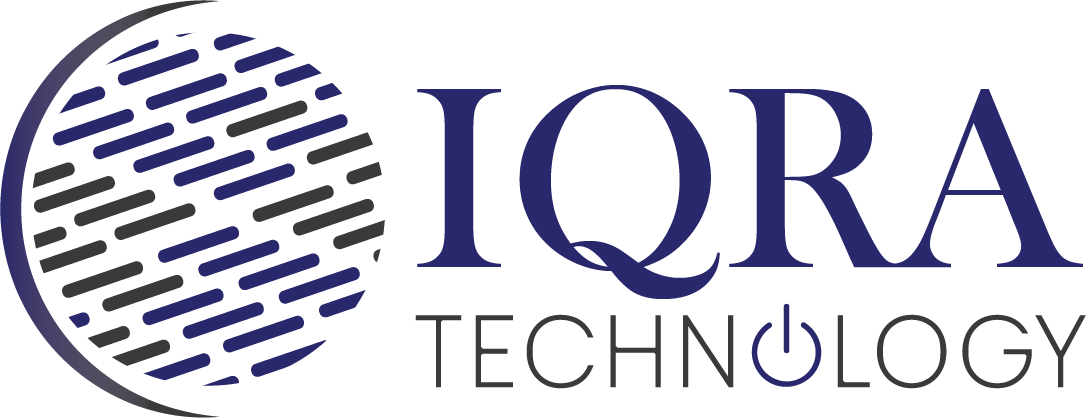Module 5: Pricing Strategies & Getting Paid
Introduction
Welcome to Module 5! Now that you know how to find clients and create a strong profile, it’s time to talk about one of the most important parts of freelancing: how to price your services and get paid. Setting your rates correctly ensures you earn what you deserve and build a sustainable freelance career. We will cover how to set your rates, differences between hourly and project pricing, basics of negotiation, and popular payment methods and invoicing tools.
How to Set Your Rates
Setting your rates can feel tricky, especially when you’re starting out. Here are some tips to help you decide:
• Research market rates: Check what other freelancers in your field and experience level charge on platforms like Fiverr or Upwork.
• Consider your skill level: If you’re a beginner, it’s okay to start lower and gradually increase your rates as you gain experience and positive reviews.
• Calculate your costs: Think about your time, tools, internet, and any other expenses you have. Your rate should cover these and still leave you a profit.
• Value your time: Don’t undervalue your work. Remember, your time and skills are valuable!
Hourly vs. Project-Based Pricing
Freelancers usually choose between two main pricing methods:
1. Hourly Pricing
• You charge a fixed rate for every hour you work.
• Good for tasks with unclear or changing scopes, like consulting or ongoing work.
• You must track your time accurately using apps or tools.
2. Project-Based Pricing
• You charge one fixed price for the entire project.
• Best for clearly defined projects with a specific outcome, like designing a logo or writing an article.
• Requires clear communication and a well-defined scope to avoid scope creep.
Which one to choose?
• Beginners often prefer project pricing because it’s simpler to explain and clients like knowing the total cost upfront.
• As you grow, you can mix both depending on the client and project.
Negotiation Basics
Negotiation is part of freelancing, but it doesn’t have to be intimidating. Here’s how to handle it:
• Be confident but flexible: Know your minimum acceptable rate but be open to reasonable offers.
• Explain your value: Share why your price reflects your skills, quality, and reliability.
• Listen to the client: Understand their budget and needs before negotiating.
• Avoid undervaluing: Don’t accept very low offers just to get a project; it can hurt your long-term earning potential.
• Use contracts: Always confirm agreed prices and terms in writing to avoid confusion.
Payment Methods & Invoicing Tools
Getting paid smoothly is crucial. Here are popular methods and tools:
Payment Methods:
• PayPal: Widely used, especially for international clients.
• Payoneer: Popular for freelancers, supports multiple currencies.
• Bank Transfers: Good for local clients but may take longer.
• Escrow Services: Offered by platforms like Upwork to protect both parties.
Invoicing Tools:
• Free tools: Wave, Invoice Ninja, PayPal invoices
• Paid tools: FreshBooks, Zoho Invoice, QuickBooks
• These tools help you send professional invoices, track payments, and manage your finances easily.
Summary
Pricing your freelance services properly is key to building a successful career. Start by researching rates and valuing your skills. Decide between hourly and project pricing based on the work type. Approach negotiation confidently while being fair. Finally, choose reliable payment methods and use invoicing tools to keep your payments organized and timely.
Real-Life Example: Meet Riya (Continued)
Riya started her freelancing journey by offering basic logo designs on Fiverr. She initially priced her services at ₹500 per logo to attract clients and build reviews. As her skills improved and her portfolio grew, she raised her rates to ₹1,500 per logo.
When an international client asked for a custom branding package, Riya proposed a project-based price of ₹8,000, which the client accepted after she explained the extra work involved. She used PayPal to receive payments safely and sent professional invoices using a free invoicing app.
Riya also learned to negotiate: once a client tried to offer ₹1,000 for a job she valued at ₹1,500. She explained the effort required and stood firm on her price, which the client accepted.
Now, Riya earns over ₹30,000 monthly while still studying and plans to become a full-time freelance designer after graduation — all by mastering pricing and payment strategies




